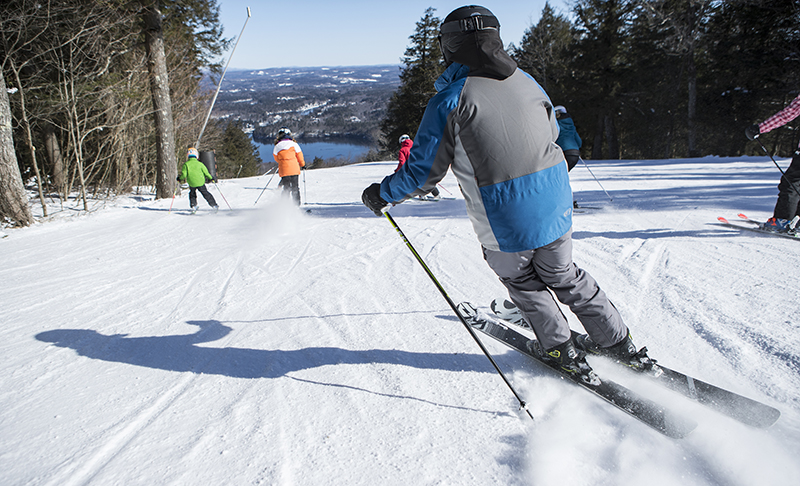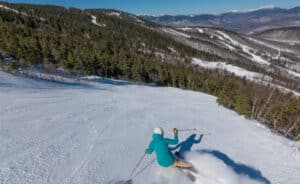
Despite living only 90 minutes away in southeastern Massachusetts, Wachusett Mountain was never really part of my youth.
In fact, the only real connection I ever had to the Princeton, Mass., area during my teen years was the ubiquitous jingle (“Waaaaaa. Wa. Wachusett”), born from one of the most successful marketing campaigns (courtesy of Handsome Brothers Music in Natick, Mass.) ever to grace New England.
Mountain skiing. Minutes away.
“Waaaaa …”



